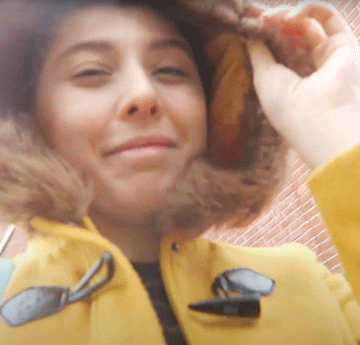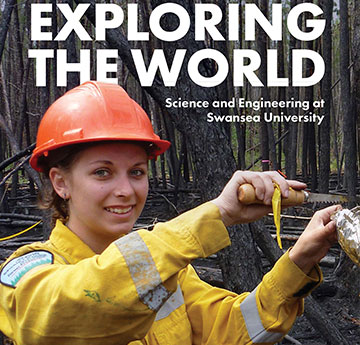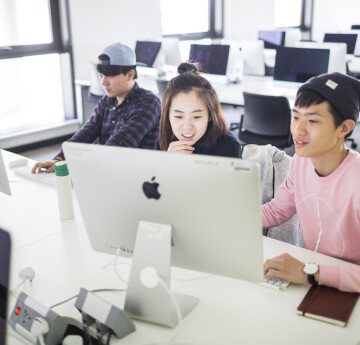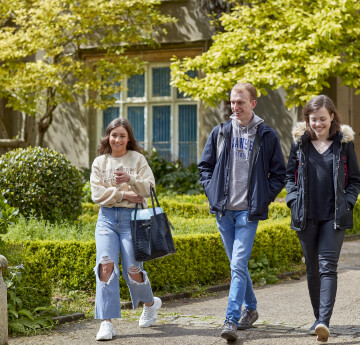At Swansea, you will have access to state-of-the-art teaching and research facilities in our £32.5 million Computational Foundry building. This facility features a Cyber Security and Networking Lab where we research and teach security and vulnerabilities in networks and IoT devices; our Future Interaction Technologies Lab (FIT Lab) where we create and test robots and interactive systems as well as showcasing our research into VR and AR; two Maker Labs with laser cutters, 3D scanners, 3D printers and more; a Theory Lab; two User Experience Labs where we look at how advances in technology affect communities both societally and economically in less developed countries; a Vision and Biometric Lab where we can capture actors in 3D; and a Visualisation Suite where we can look at highly detailed visual models of data.
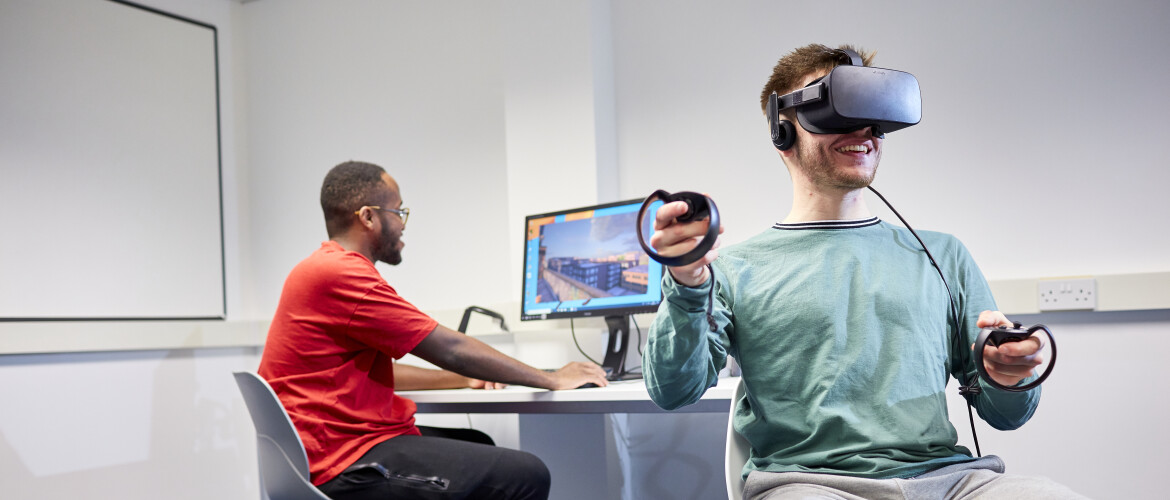
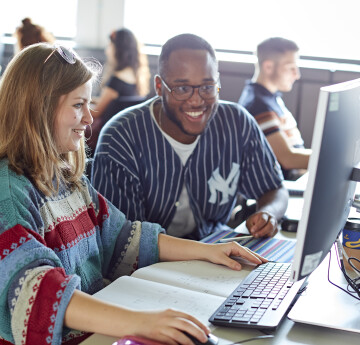
Cyber Security Lab
- This lab is used for researching and teaching security-related topics. The dedicated computers can be networked together (and separated from the main university network) for experimentation (e.g., with hacking tools and possibly malware).
- Swansea’s Security Lab is a well-equipped facility based at Swansea’s Computational Foundry. The lab provides equipment and resources for three main areas of research: network security, mobile/IoT security and penetration testing. The lab allows researchers and industry partners to set up ad-hoc networks and servers in order to explore the latest vulnerabilities, threats and solutions.
- Analysis of loT devices to find vulnerabilities and potential fixes
Future Interaction Technologies Lab
- Floor, table and wall space for testing of prototypes (robots, interactive systems, projections, large scale devices etc.)
- A co-creation and testing space, with seating and an interactivity area
- Photo booth for creating compelling, polished, high-quality images and videos
- Demonstration area dedicated to storage and display of existing systems where visitors to the department can experience lively and interesting environments and ideas
- Audiovisual equipment (e.g., eye-trackers, SLRs, tripods, projectors, video cameras etc.)
- A VR/AR [Virtual Reality/Augmented Reality] area which showcases departmental research in the area and includes the Hololec project - an initiative researching the potential of augmented reality in teaching.
- Maker equipment (3D printers, 3D scanner, laser cutters, CNC machines)
- Electronics lab equipment (e.g., soldering irons, multimeters, oscilloscopes, etc.)
- Electronic component and device libraries (e.g., Arduino kits, phones/tablets, prototyping components, sensors, etc.)
- A long-term assembly and trial space
Makers Lab 1 & 2
- Developing prototypes of touch screens which provide haptic feedback (touch sensation)
- This lab is used by students and staff who need to literally make things. For example, physical prototypes of systems. We have a laser cutter, D printers, woodwork tools, etc. One project was the creation of a prototype for a monopoly game for blind users. The squares of the board would literally rise and fall. The blind user would be able to feel which square they are on and where to move pieces to (the raised squares).
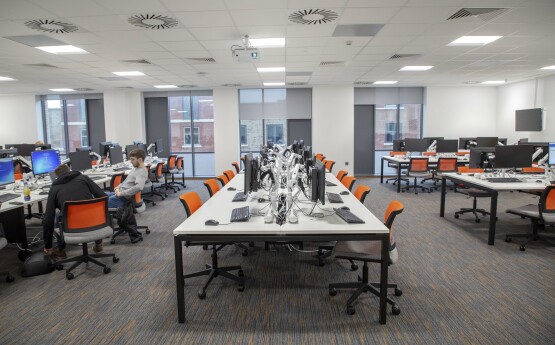
Theory Lab
This is a collaborative space for anything to do with theory. Railway verification: modelling railway system to prove correctness. This is used for outreach to demonstrate ERTMS (European Rail Traffic Management System). Basically, there are no longer any signals and trains ask wirelessly for permission to move down the tracks. We connect controllers up and then the public (kids and adults) can drive the trains and the system will stop them from crashing.
User Lab 1 & 2
- Understanding how advances in technologies are affecting communities within 3rd world countries
- looking at the societal and economic impact
- Cyber Security and Networking Lab
- Future Interaction Technologies Lab
- Visualisation Suite
Visions & Biometric Lab
Modelling and visualising data breaches
This lab has a lighting rig and is aimed at having the ability to capture actors in 3D. Think of it like the weather presentations on TV with a green screen, except that the data is not a 2D of an image but a 3D capture of a whole person.

